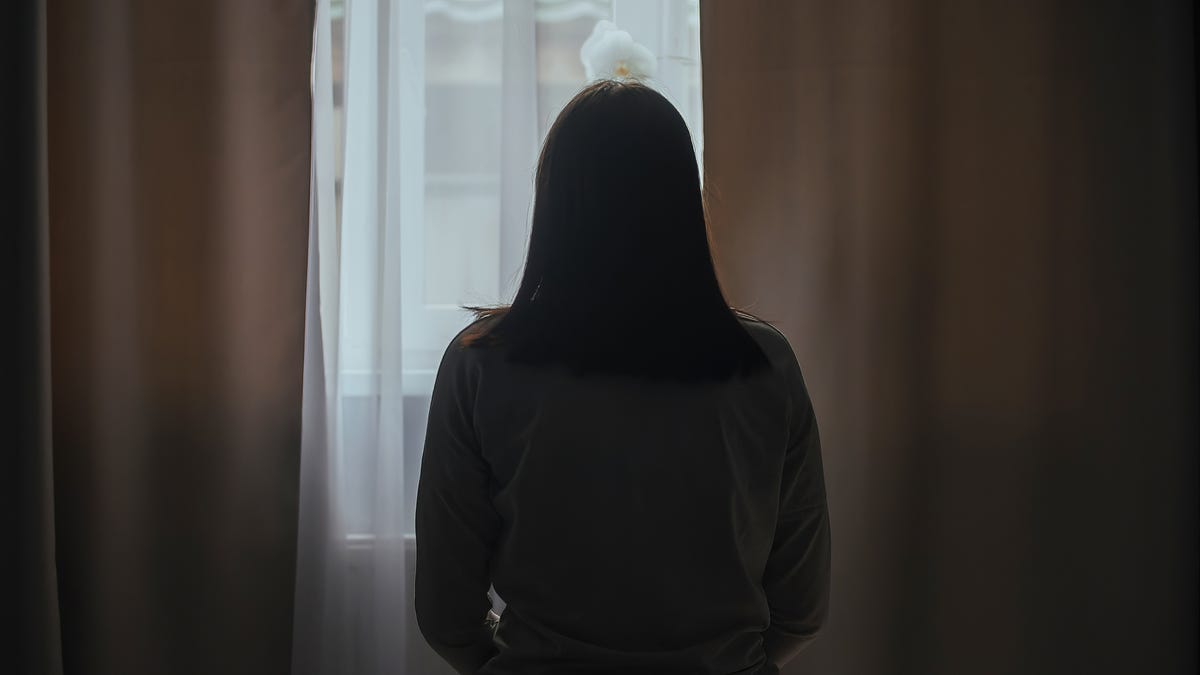What is Seasonal Affective Disorder (SAD)?
In this informative video, Dr. Neha Pathak enlightens viewers about Seasonal Affective Disorder, commonly abbreviated as SAD. This condition is characterized by a consistent occurrence of symptoms in fall and winter.
Losing daylight during these seasons can lead to feelings of tiredness, sluggishness, and increased irritability. For about 5% of the U.S. population, these symptoms extend beyond typical winter blues, developing into seasonal affective disorder, or SAD.
Understanding SAD
Senior Psychologist, Kimberly E Kleinman, explains that SAD is a type of depression that follows a seasonal pattern most often associated with winter and fall. It occurs around the same time every year, typically improving by the spring. The connection between SAD and shorter days is believed to lead to chemical changes in the brain, impacting moods and sleep patterns.
Who experiences SAD and what causes it?
Direct causes of SAD remain unknown, but it is estimated that 10 million Americans are affected annually, mainly women, and those between the ages of 20 and 30. Factors such as low vitamin D, pre-existing mental health conditions, family history, and biological and environmental factors are believed to contribute to this disorder.
A variety of factors, including chemical levels within the body, circadian rhythm disturbances, and biological clock disruptions, set the stage for someone to develop SAD.
Symptoms of SAD
The symptoms of SAD are consistent with those of other types of depression. They may include increased lethargy, mood changes, social withdrawal, physical discomfort, or thoughts of death and suicide. These symptoms typically come and go in a cyclical pattern, improving by spring.
Treatments for Seasonal Depression
There is no one definitive treatment for SAD. Seeking professional help and developing a tailored approach to treatment is the best solution. Options for managing SAD symptoms may include psychotherapy, medication, and light therapy.
If you suspect you may be experiencing SAD, don’t hesitate to reach out to a healthcare provider. The treatment of SAD often involves a combination of therapeutic and supportive solutions, carefully selected to meet individual needs.


